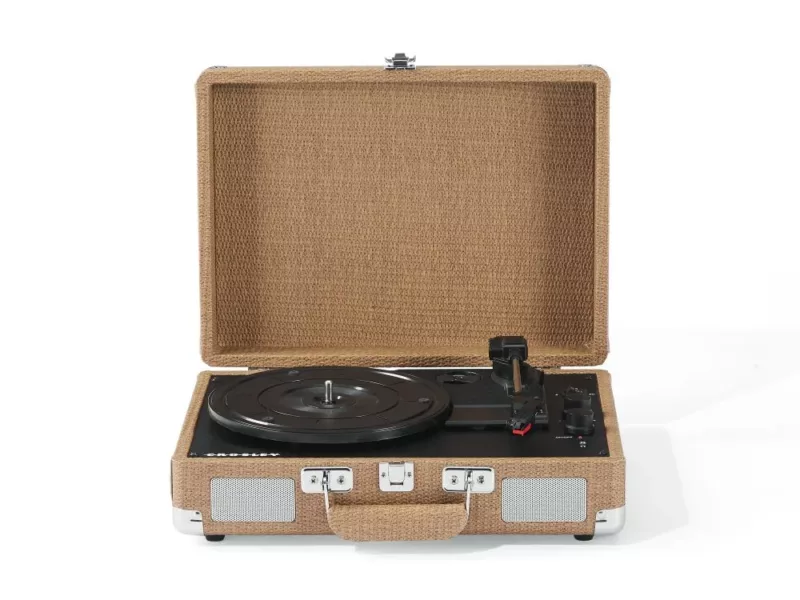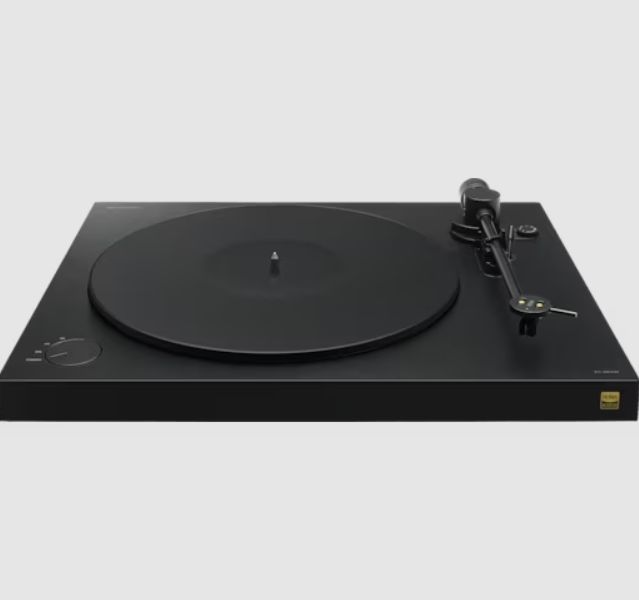What Are The Different Types Of Record Player Needles?
If you’re a vinyl enthusiast, you know that the heart of your record player is the needle, also known as the stylus. This tiny but mighty component is responsible for translating those grooves on your vinyl records into the beautiful music that fills your room. But did you know that there are different types of record player needles? Each type has its unique characteristics and can significantly impact the sound quality of your vinyl records.
The first type of needle that you might come across is the spherical or conical stylus. This is the most common type of needle found in most record players, especially those designed for casual listening or entry-level turntables. The spherical stylus has a round tip that sits in the record groove, picking up the vibrations and translating them into sound. They are durable, affordable, and easy to replace, making them a popular choice for many vinyl lovers.
Next up is the elliptical stylus. This type of needle is more advanced than the spherical stylus and is often found in higher-end turntables. The elliptical stylus has a dual-radius point that allows it to sit deeper in the record groove, picking up more information and providing a more detailed sound. However, they tend to wear out faster than spherical styli and are a bit more expensive to replace.
Another type of record player needle is the line contact or fine line stylus. This stylus is designed to have a larger contact area with the record groove, allowing it to pick up even more detail than the elliptical stylus. The result is a richer, more nuanced sound that can bring out the best in your vinyl records. However, line contact styli are even more expensive and require more precise alignment than other types of needles.
Finally, there’s the Shibata stylus. Named after its inventor, Norio Shibata of JVC, this type of needle was initially designed for playing quadraphonic records in the 1970s. The Shibata stylus has a complex shape that allows it to pick up an incredible amount of detail from the record groove, resulting in a stunningly realistic sound. However, Shibata styli are among the most expensive and require the most precise alignment of all the needle types.
Choosing the right needle for your record player can make a significant difference in your listening experience. Whether you’re a casual listener or a serious audiophile, understanding the different types of record player needles can help you make an informed decision and get the most out of your vinyl collection. Remember, the best needle for you depends on your turntable, your records, and your personal listening preferences.
When Should You Replace Your Record Player Needle?
The record player needle, also known as the stylus, is a crucial component of your turntable. It’s the part that makes direct contact with your vinyl records, tracing the grooves and translating them into the beautiful sounds that fill your room. However, like any other component of a mechanical device, it doesn’t last forever. Knowing when to replace your record player needle is essential to maintain the quality of sound and to prevent any potential damage to your precious vinyl collection.
The lifespan of a record player needle largely depends on the quality of the stylus, the frequency of use, and how well it’s maintained. A good quality needle can last anywhere between 800 to 1,000 hours of playtime. However, this is a rough estimate and the actual lifespan can vary.
One of the most obvious signs that it’s time to replace your record player needle is a noticeable decline in sound quality. If you start hearing more pops, clicks, or a generally muffled sound, it’s a clear indication that your needle might be worn out. Another sign is when your records start skipping more frequently. While this can also be caused by dust or scratches on your records, a worn-out needle is often the culprit.
Another way to determine if your needle needs replacing is by visually inspecting it. If you notice that the needle looks bent, blunt, or damaged in any way, it’s time to replace it. A magnifying glass can be a handy tool for this inspection.
It’s also a good idea to replace your record player needle if you’ve just bought a used turntable. Even if the previous owner claims that the needle is still in good condition, it’s better to be safe than sorry. After all, you wouldn’t want to risk damaging your vinyl records with a potentially worn-out needle.
Regular maintenance can also extend the life of your record player needle. Cleaning your needle after every use can prevent the build-up of dust and grime, which can cause premature wear and tear. A soft brush or stylus cleaning solution can be used for this purpose.
In conclusion, knowing when to replace your record player needle is crucial for any vinyl enthusiast. Not only does it ensure the best possible sound quality, but it also protects your records from potential damage. So, keep an eye (and ear) out for the signs of a worn-out needle, and don’t hesitate to replace it when necessary. After all, the joy of listening to your favourite vinyl records in their full glory is well worth the effort.


